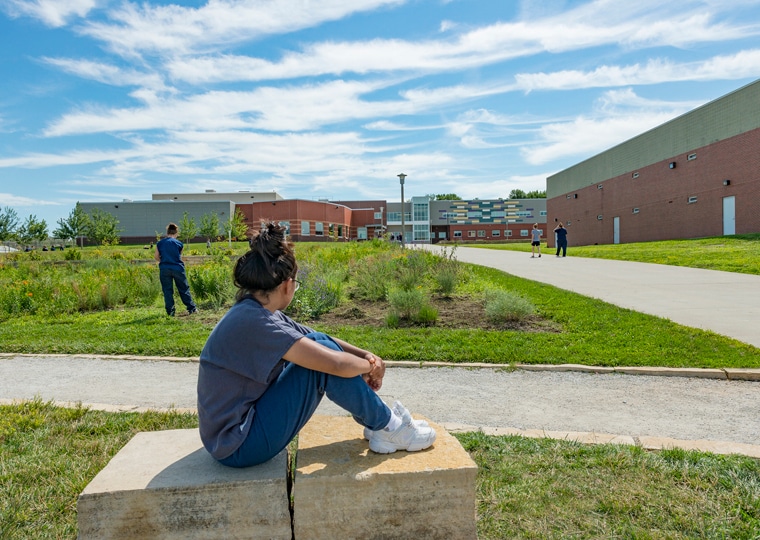Four members of STV’s industry-leading justice architecture team collaborated on a paper exploring the nuanced landscape of technology adoption in correctional facilities.
Hugh Lester, PhDc, architecture director, Frank Greene, FAIA, OAA, NOMA, chief architect and justice lead, Jeff Hyman, AIA, architecture director, and Silvia Cheng, AIA, LEED AP, NCARB, senior architect, recently published “Considered Adoption of Technology in Corrections” in the 16th issue of the International Corrections and Prisons Association’s (ICPA) Advancing Corrections journal. This article underwent meticulous scrutiny through a comprehensive peer-review process, ensuring its academic rigor and contribution to the field.
In the paper, the STV team presented a thorough analysis of the adoption of technology in corrections, with a focus on uncovering potential benefits, disadvantages and associated risks.
In a retrospective examination, the team contextualized their analysis within the historical evolution of technology adoption in various fields. Drawing examples from the introduction of air conditioning in architecture and the incorporation of remote monitoring and control of openings in secure facilities, they underscored the emergence of unforeseen consequences and risks in past technological adoptions.
Subsequently, the team engaged in a series of thought experiments to reflect on the potential advantages and disadvantages of deploying emergent technology in correctional settings.
Their first thought experiment envisioned a correctional environment with minimal technology, exploring the implications for secure perimeters, visual surveillance, and human engagement. Emphasizing the potential benefits of building designs aligned with nature and the pivotal role of correctional staff in ensuring success, the team also suggested that selective technology introduction may positively contribute to improved outcomes, provided it is appropriate in scale, scope, and qualitative nature.
Building on these insights, specific technologies for corrections were introduced in the second thought experiment, including renewable energy sources, digital computation, hard-wired internet protocol digital data, wireless data, internet access, and wireless devices. The team acknowledged potential unforeseen consequences, such as future technological advancements and algorithmic biases resulting from machine learning techniques.
Ultimately, the team presented critical reflections on the future, emphasizing that technology adoption in corrections should prioritize the well-being of individuals involved.
“Corrections is about people: those in custody and those that provide care and custody. Therefore, technology adoption should center around its suitability for the human beings at the heart of corrections,” the paper said.







